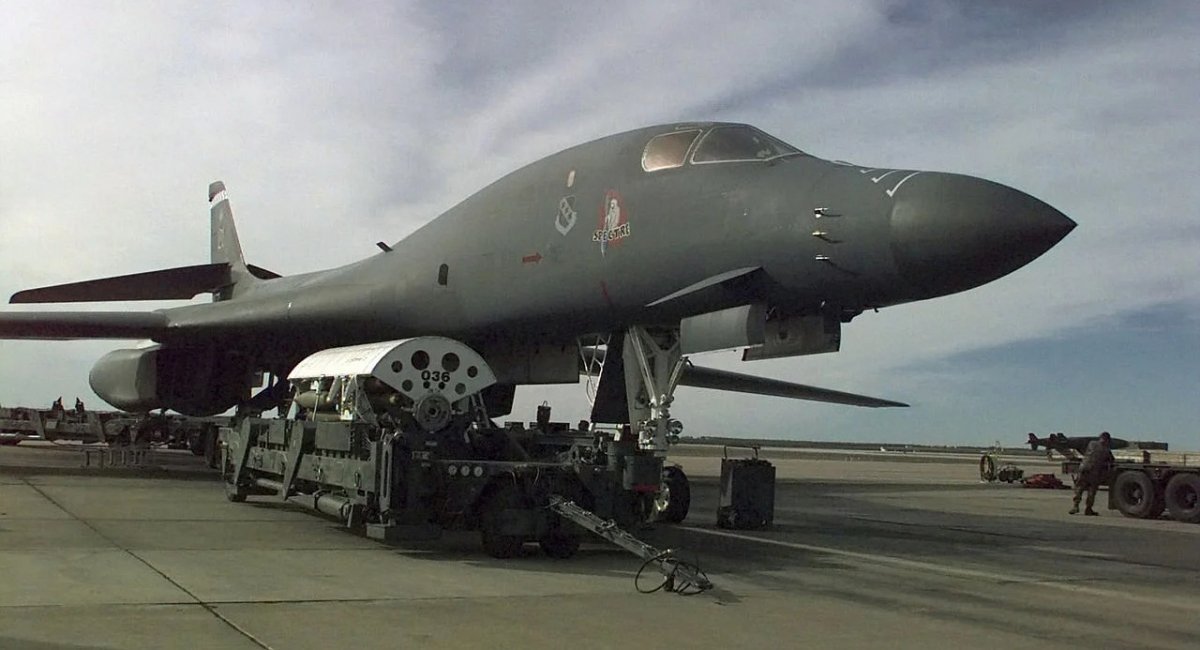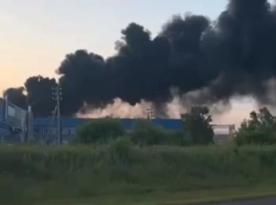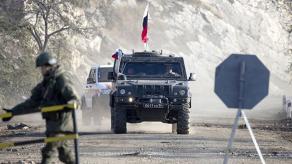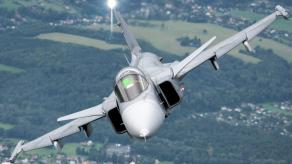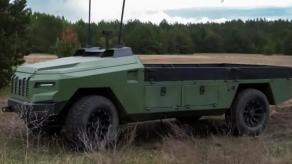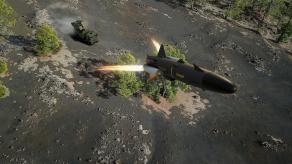Ukraine faces an urgent need to protect its skies from russian missile attacks and thus keep its critical infrastructure safe.
In the public domain, there are two most common variants of achieving this goal, both equally realistic. The first one is to provide Ukraine with enough air defense systems to create a dense "shield" impenetrable for neither russian aircraft nor maneuverable cruise missiles they launch. And the second one is to start supplying precision weapons with a firing range of over 1,000 kilometers that could launch strikes on important russian objects, including the Engels airfield – the main base of russian strategic aviation.
Read more: What Kind of Weapon Could Hit the Engels Airfield In Saratov Oblast And an Airport In Ryazan Oblast
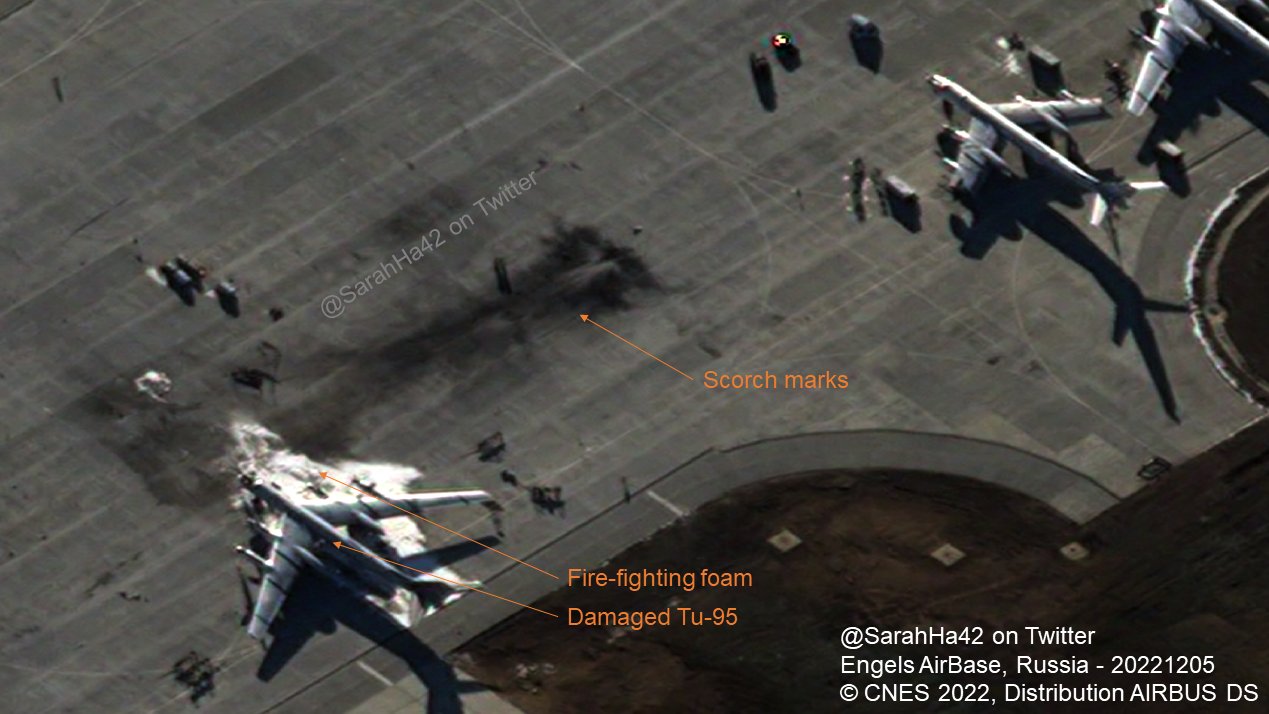
The second option looks far more preferable, of course. Mostly because it will allow to destroy of russian aviation effectively, so there will be nothing to launch missile attacks to begin with. In fact, Western countries have long practiced this very approach prioritizing an impactful strike on an enemy object so that nothing can take off from there for a good while over a game of chances with air defenses chasing cruise missiles.
A demonstrative example of this approach we can find in the "Desert Fox", a four-day air operation lasting December 17-20, 1998. It was carried out by U.S. Navy and Air Force together with the British Royal Air Force against the regime of Saddam Hussein who was governing Iraq at the time.
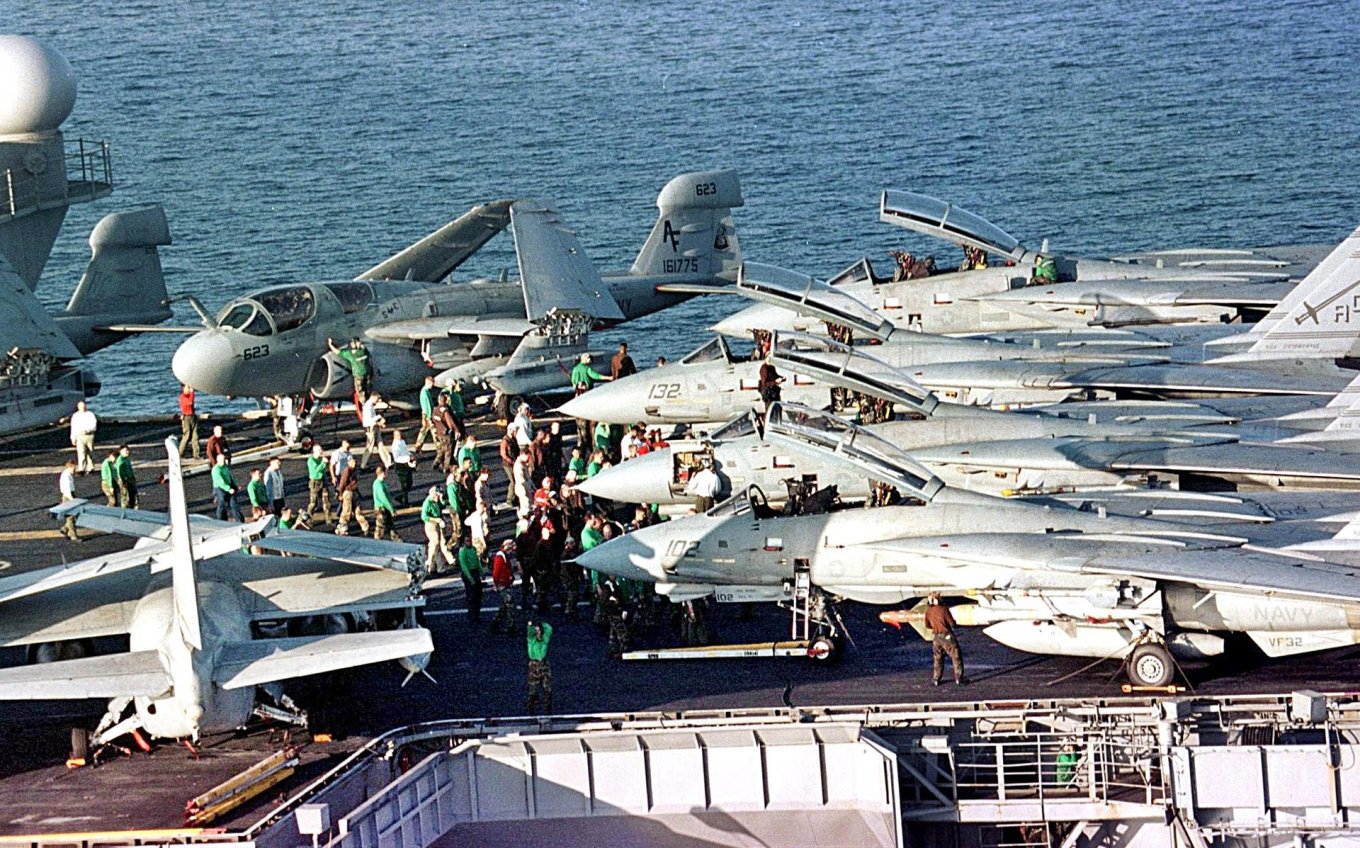
The allies had two demands for Hussein's dictatorship regime to abide by. The first was caused by Iraq refusing to adhere to the agreement on the disposal of its chemical weapons. The second was that the Iraqi Air Force had been constantly violating no-fly zones established in the country's north and south after Operation Desert Storm in 1991.
The allied forces had not enough resources to cover the airspace in designated areas, and Iraq was reluctant to get rid of its weapons of mass destruction. That is why the Operation Desert Fox plan was activated which aimed to strike Iraqi air defense and Air Force, as well as the facilities producing WMD.
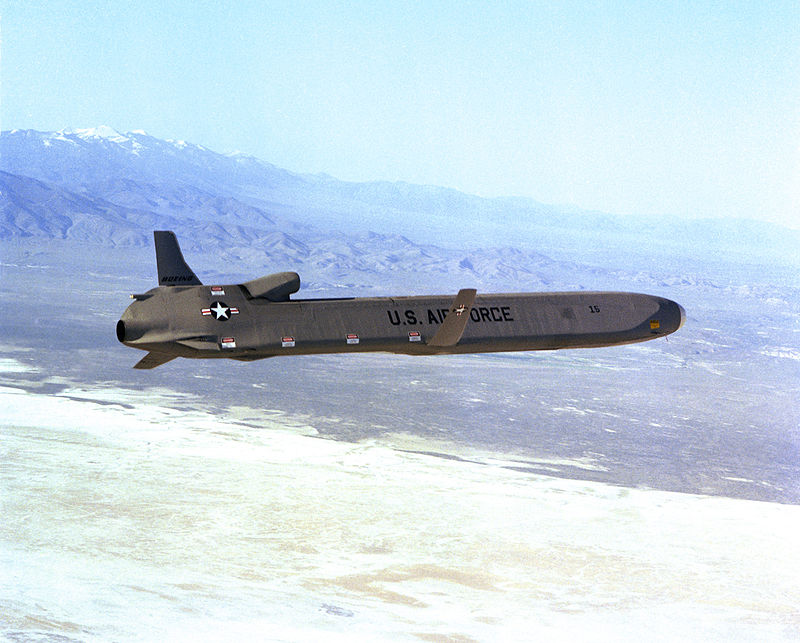
The operation involved 26 strategic bombers and 100 aircraft of tactical aviation from the USA, and 30 tactical aircraft from Great Britain. The U.S. Navy deployed two aircraft-carrying strike groups, 25 ships in total, and the British Navy provided one frigate with missile weapons.
In four days, the joint tactical aviation of the USA and Great Britain has carried out more than 650 sorties. Allies have launched over 400 cruise missiles of AGM-68 and Tomahawk types. In summary, 85% of the designated targets were struck, the allied aviation had zero casualties. Although, even after the operation, planes of the Iraqi Air Force still continued to violate the no-fly zone, i.e. the four hundred missiles did not guarantee the desired result.
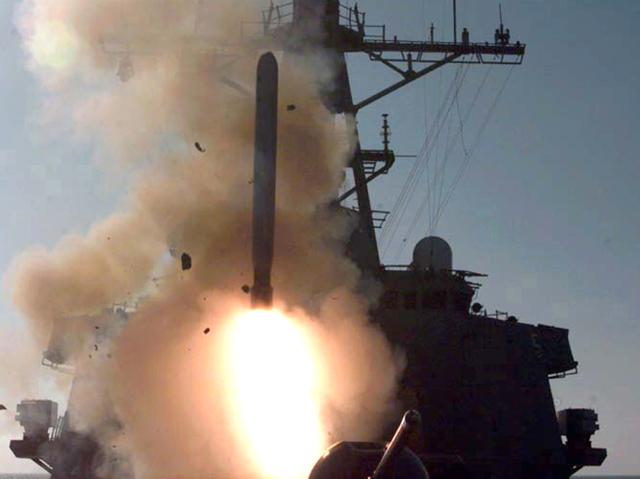
In the realities of 2022, an operation of such scale against russia looks unrealistic. For example, Ukraine still hasn't convinced the USA to provide long-range ATACMS missiles for its HIMARS rocket launchers or modern multirole aircraft, despite all the efforts. But who knows, perhaps the politics of Ukraine's western partners will change just as it has been several times already. Just today, the United States has approved the new military aid package that includes a Patriot anti-missile system drawn from the Pentagon's stocks which is already a significant step forward.
However, speaking of Ukraine receiving this kind of capability enabling it to disable russian aviation in the deep rear, the foundation has already been laid. The other day, the Pentagon has placed an order on the production of 1,700 missiles of this type coming in 2023. For reference, there is unconfirmed data that the current U.S. stockpile of ATACMS is about 1,400 missiles. Also, U.S. Army is adopting a medium-range missile system with a ground-launched version of the Tomahawk for the first time in 30 years.
At the same time, U.S. Air Force is developing its Rapid Dragon project aimed to adapt the AGM-158 cruise missile for launch from an ordinary transport aircraft. The motivation is, "we have allies who need these missiles but don't have aircraft to launch them from".
Read more: The Pentagon Ordered Production of new MLRS HIMARS




